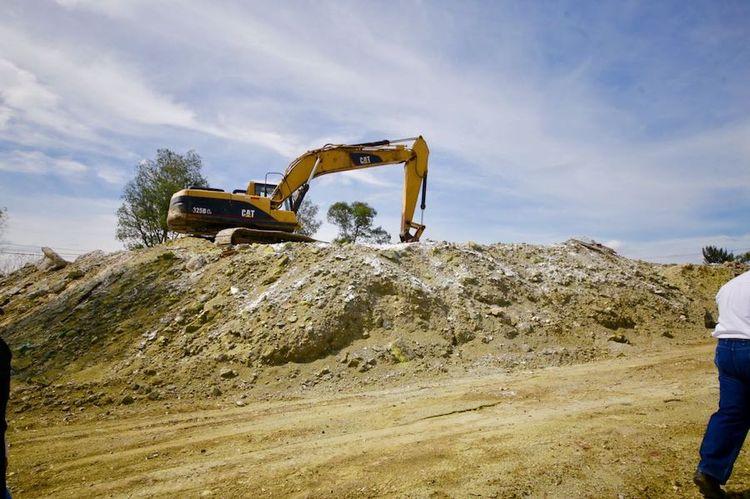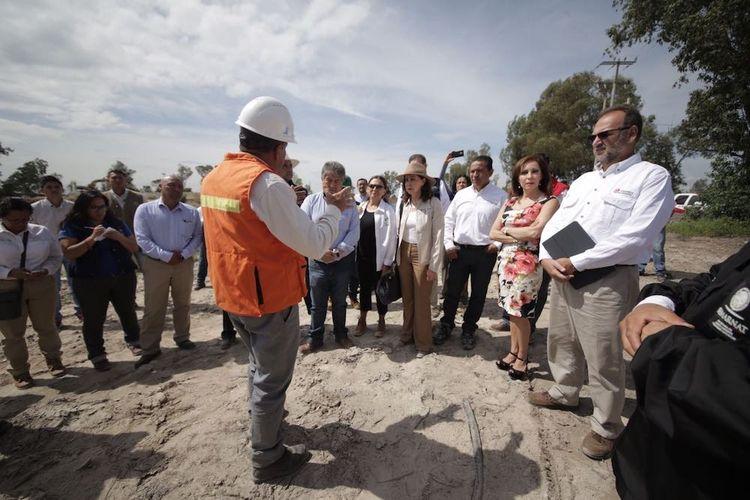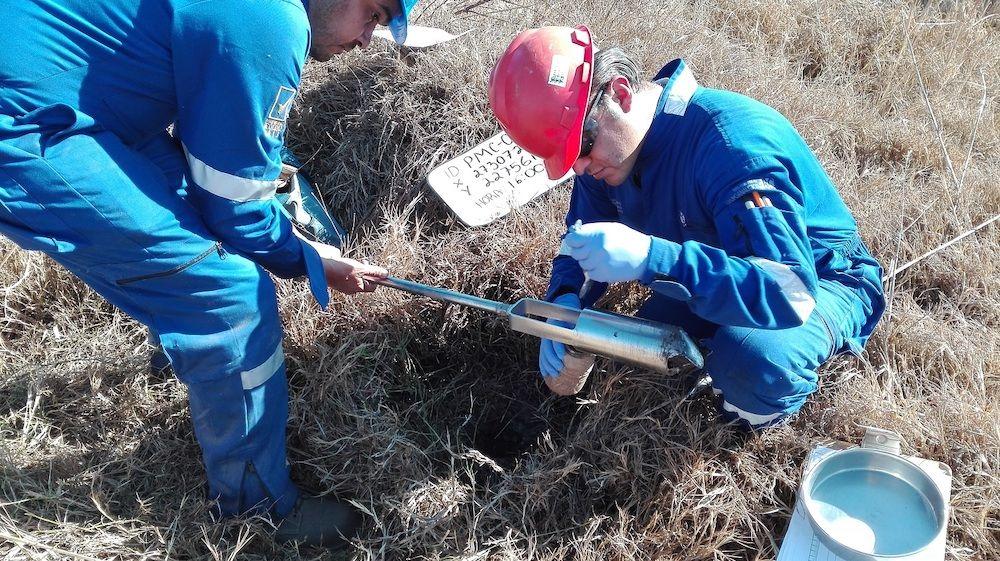The day of the explosions, the city began to smell of garlic and putrefaction. It was September 12, 2000 in the south of Salamanca, Guanajuato, when a yellowish cloud came out of the Tekchem pesticide factory and spread five kilometers. The first explosion occurred at 4 in the afternoon, followed by two more at 19:00 and 19:30 hours.
It is estimated that the cloud dispersed up to 17 kilometers, mostly composed of malathion, a pesticide used for agriculture.
The immediate results were people with dizziness, vomiting, headache, conjunctivitis, and respiratory problems. In the long term, this fact has been linked to cancer, miscarriages and anemia, which continue to be suffered in the population.
To date, Salamanca is still without a contingency plan; the request of those affected to carry out an epidemiological examination for damage and sequelae has not been resolved, and the number of people exposed and hospitalized that day is uncertain, although local media reported 6,000 at the time.
Recently, the Ministry of Environment and Natural Resources (Semarnat) announced in a statement that it will contain 140,000 tons of contaminated soil, after removing 5,971 this year and 5,777 in 2021.
These works are part of the reactivation of the Salamanca Plan that took place from 2016 to 2018, but it remained unfinished. In that last year the authorities accused of removing 350 tons of contaminated soil.
The purpose of the Plan is to remedy the area and this time, 22 years after what happened, 500 million pesos have been allocated to do so.

Works corresponding to the Salamanca Plan. Photo: Semarnat.
The millions
The official report of the Tekchem plant indicated that everything originated because of a valve failure, recalls Maura Alicia Vázquez, who was a teacher in the city when the explosion occurred and is currently serving as president of the association Humans for Love of Mother Earth (Huamat).
“Since the 1950s, Tekchem had been a pesticide factory that changed its name. By 2000, it was already an industrial scrap that for years had only been painted, made up,” Vázquez said in an interview.
One of the problems of the factory's decline was that in Mexico environmental legislation related to pollution began to take shape until the publication of the General Law on Ecological Balance and Environmental Protection (LGEEPA) in 1988.
By that time, industrial cities such as Salamanca had been in operation and without regulation for more than 30 years.
Tekchem had been formed since the pesticide Montrose Mexicana and Lerma Industrial, both located on the same property, were acquired by the parastatal company Guanos y Fertilizantes de México (Guanomex), which later, in 1977, became Fertimex and in 1992 it was privatized under the name of Velpox and, finally, changed to Tekchem in 1996.
Since the explosion and until the closure of the company in 2007, no repair measures were taken. Nor was an environmental contingency plan implemented.
“There were those who were only given milk for poisoning, while what the company did was give away some bottles of water. People were left alone, without any help, because they (the authorities) didn't know what was going on in these cases either,” says teacher Vázquez.
What was done was to invest money.
According to the Semarnat White Paper, which documents the actions taken by authorities during the six-year term of Enrique Peña Nieto, in 2016 there was an initial balance of 140 million 744 thousand 349 pesos, of which only 21 million were exercised after two years and 55 million more were pending to exercise at that time.
Mainly for actions undertaken from 2016 to 2018, such as the construction of a new fence to prevent access and disposal of contaminated soil.
“The funny thing is that the site is not remedied. Tekchem closed and we don't consider that to have been environmental justice because there are still environmental liabilities as a result of the activity it had since the 1950s,” says the president of Huamat.
For its part, Semarnat recently stated that “in previous administrations, the funds allocated for this task were granted through a trust that for 26 years had allocations of 224 million pesos, without executing all the resources and without achieving the objectives for which it was created.”
Now that the remediation plan has been resumed, it is considered investing 500 million pesos. A number that has doubled in the last 26 years, but for some inhabitants it is still insufficient and late.

Meeting on the occasion of the Salamanca Plan. Photo: Semarnat.
The costs of health
One of the concerns is the continuing health impact of pesticide substances.
Although there are no official epidemiological studies, last September a group of researchers published the “Environmental and biological monitoring of organochlorine pesticides in the city of Salamanca, Mexico” in PubMed of the United States National Library of Medicine.
This research states that after the blood test of 88 children in Salamanca, the presence of 10 pesticidal chemicals was detected.
“There are impacts that are accumulating because you continue to breathe pesticide dust. Concentrations change, they can change during the day, during the seasons of the year... Removing waste so that it doesn't remain exposed is an important measure that they should have taken a long time ago,” said Doctor of Science, Rosa Icela Beltrán.
Beltrán also participated in a publication published by the Autonomous University of the State of Hidalgo in 2019 exposing Tekchem's environmental malpractice and how pesticides could also be related to coughing and lung irritation.
Currently, the neighborhoods closest to the explosion, such as San Juan de la Presa and La Cruz, are marginalized and vulnerable to crime in the state of Guanajuato.
At the time, pickers from the region collected contaminated garbage and, without any treatment, sold it.
The authorities' omissions have caused the mobilizations and interest of those who were affected to diminish.
“People get tired and it's logical, nobody expected it to be such a long fight. A lot of people have died, but we continue to ask that the site be remedied, that the epidemiological study be carried out and that it is probably a dream, but hopefully responsibilities will be defined,” said teacher Maura Alicia Vázquez.



Comentarios (0)